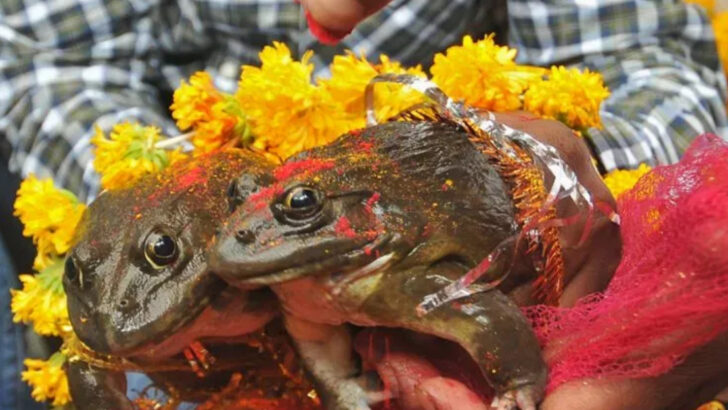If a black cat crosses your path, don’t move—unless you’re ready to take on a curse.
From toads causing warts to owls predicting death, animal superstitions are alive, well, and incredibly weird. These aren’t just old campfire tales—people still live by them. Across the globe, entire communities shift their actions based on the presence (or misstep) of a bird, bug, or beast.
In some places, dreaming of a fish means someone’s pregnant. In others, seeing a lizard might spark a marriage proposal. And don’t even get us started on the butterfly that “carries souls.”
It’s a wild mix of fear, luck, and downright strange logic—and it’s still shaping real lives in the modern world.
Ready to see which animals get blamed for broken mirrors and sudden wealth?
Let’s dig into the fur, feathers, and folklore.
The Black Cat

In many Western cultures, the black cat is often seen as a harbinger of bad luck. Its association with witches and the supernatural dates back to the Middle Ages. Walking under a ladder with a black cat crossing your path was considered an omen of misfortune.
However, the perception of black cats isn’t universally negative. In some cultures, they symbolize prosperity and good fortune. In ancient Egypt, they were revered and even worshipped.
This paradoxical image makes black cats one of the most misunderstood animals, embodying both fear and fascination. Curiosity surrounds their enigmatic presence.
Owls and Death
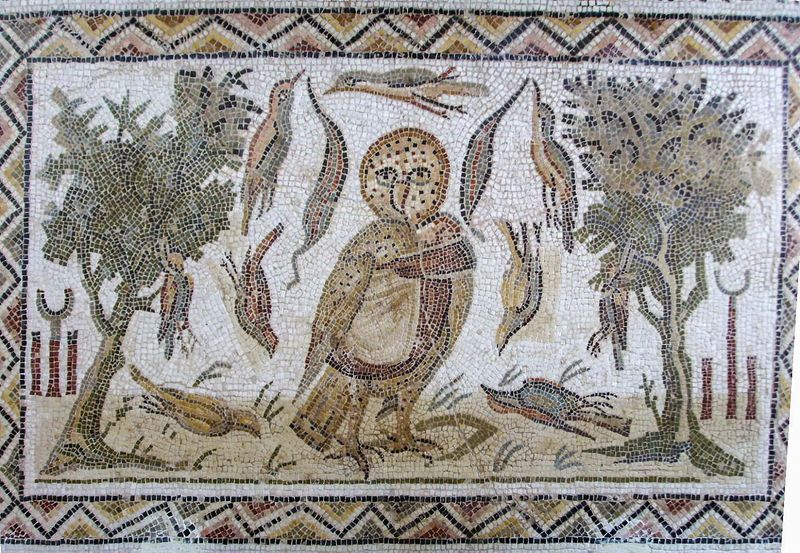
The haunting hoot of an owl has long been associated with death and ill omens in many cultures. In ancient Rome, the call of an owl was believed to predict an impending death.
This eerie symbolism extends to Native American folklore, where owls are often seen as messengers from the spirit world. However, not all cultures view owls in such a grim light.
In Greece, owls were considered sacred and symbols of wisdom, accompanying the goddess Athena. This duality shows how perceptions of owls vary, grounded in both fear and reverence.
Rabbits and Luck
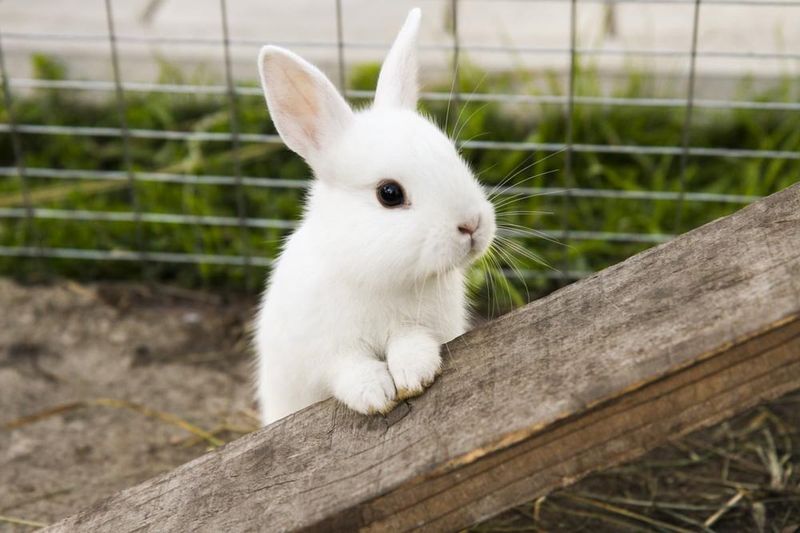
Rabbits have long been symbols of luck and fertility across various cultures. The saying “rabbit rabbit” is often uttered on the first day of the month for good luck.
In Chinese culture, the rabbit is one of the zodiac animals, representing peace and longevity. Their prolific breeding habits have made them emblems of fertility.
Despite their gentle appearance, rabbits hold a powerful place in folklore. They are seen as cunning tricksters in some Native American tales, showcasing their fascinating dual nature as creatures of both simplicity and mystery.
Crows as Omens

Crows, with their jet-black feathers and intelligent gaze, have long been regarded as omens. In Western mythology, a single crow signifies bad luck, while a flock can mean impending doom.
These birds are often linked to death and the afterlife, featured prominently in Edgar Allan Poe’s “The Raven.” In contrast, in some Asian cultures, crows are seen as sacred, representing ancestors’ spirits.
Their complex symbolism makes crows captivating figures in folklore, embodying both fear and respect. They remain intriguing subjects of superstition, blending the mystical with the earthly.
Spiders and Wealth
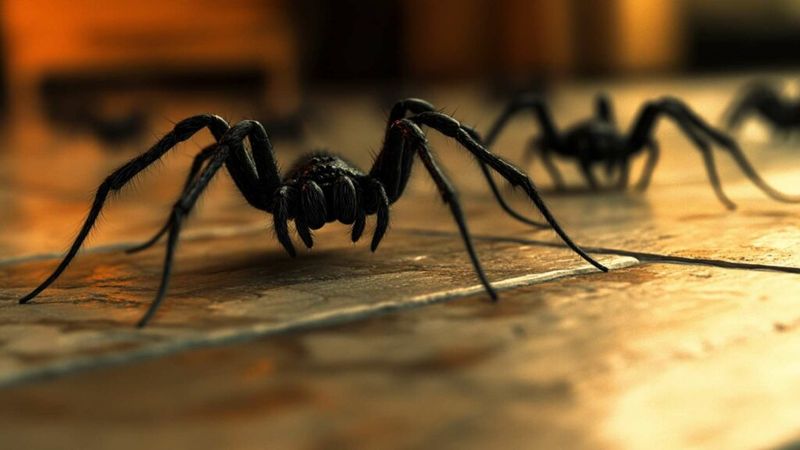
Spiders, often feared for their creepy appearance, hold a surprising place in superstition. In many cultures, seeing a spider is considered a sign of good luck and impending wealth.
The belief is that spiders weave webs of prosperity, capturing fortune within their delicate threads. In the American South, it’s said that a spider crossing your path foretells financial gains.
Despite their unsettling nature, spiders are appreciated for their hidden gifts. This intriguing duality of fear and fortune makes them a unique part of folklore, capturing the imagination of many.
Snakes and Transformation
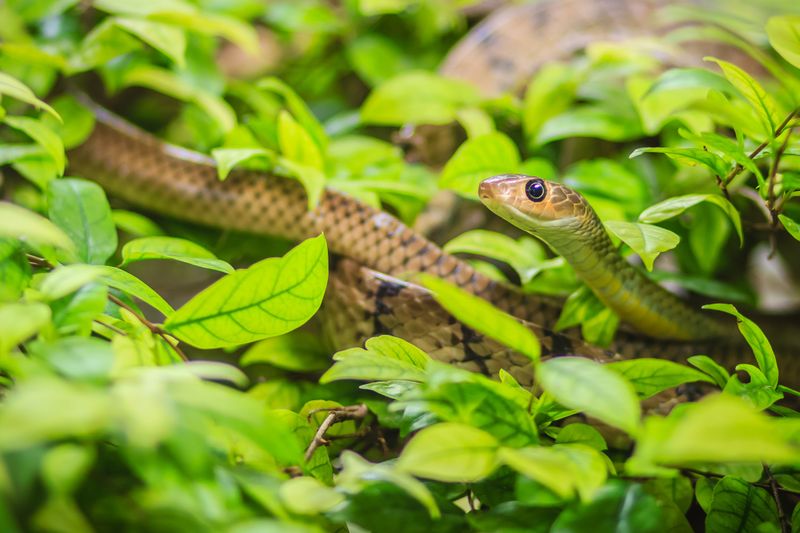
Snakes are powerful symbols of transformation and rebirth. In many mythologies, they are seen as creatures of duality, representing both danger and healing.
In Hinduism, serpents are associated with divine power and protection. The shedding of their skin symbolizes renewal and immortality.
However, in Western cultures, snakes often evoke fear and mistrust, linked to the biblical story of Adam and Eve. This complex symbolism underscores their role as enigmatic creatures of change. Snakes continue to slither through the threads of superstition, embodying mystery and transformation.
Butterflies and Souls

Butterflies are often seen as symbols of the soul and transformation. They represent the journey of life, from birth to death and rebirth.
In Japanese folklore, butterflies are believed to carry the souls of the departed, visiting loved ones as delicate messengers. Contrary to that, in ancient Greece, they were seen as symbols of love and beauty.
Their fragile wings and transformative life cycle inspire awe and wonder, making butterflies cherished symbols in superstition. They gracefully bridge the gap between the mortal and the divine, fluttering through folklore.
Ravens and Prophecy

Ravens have long been associated with prophecy and the supernatural. In Norse mythology, Odin’s ravens, Huginn and Muninn, were his eyes and ears, bringing him information from the world.
In Celtic folklore, ravens are considered symbols of war and death, often seen as omens of battles. Despite their grim associations, ravens are revered for their intelligence and wisdom.
This fascinating duality makes ravens enigmatic figures in superstition, balancing the line between fear and reverence. They continue to captivate, embodying the mystique of the unknown.
Wolves and the Moon

Wolves have long been associated with the moon and the wild. In many cultures, they symbolize independence, strength, and mystery.
The image of a wolf howling at the moon is a powerful symbol in Native American folklore, representing communication with the spiritual world. In contrast, in European tales, wolves are often feared as cunning predators.
Their complex nature makes wolves compelling subjects of superstition, embodying both the serenity and savagery of the wild. These majestic creatures continue to inspire awe, their howls echoing through the valleys of folklore.
Cats and Weather
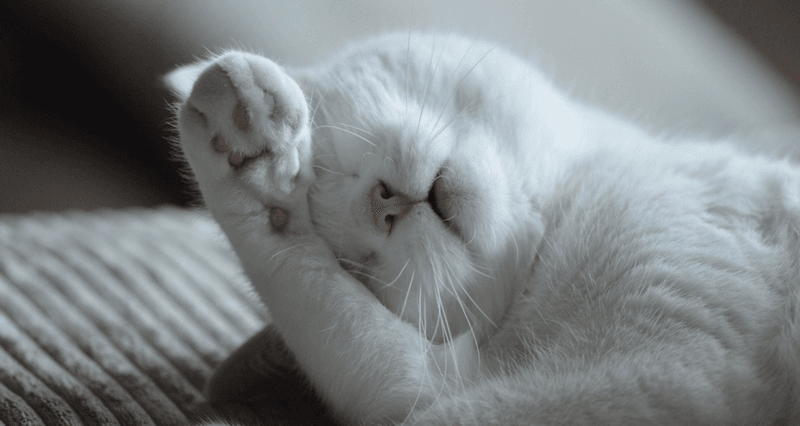
Cats, with their mysterious demeanor, have long been linked to weather predictions. In maritime folklore, sailors believed that a cat’s behavior could foretell stormy seas or calm waters.
In some cultures, a cat washing its face was seen as a sign of incoming rain. Despite their aloof nature, cats are revered as mystical creatures, bridging the gap between the earthly and the divine.
Their enigmatic presence makes them intriguing figures in superstition, embodying both mystery and mundane. Cats continue to charm and mystify, their every move watched for signs from the heavens.
Bats and Darkness

Bats, creatures of the night, are often associated with mystery and the unknown. In Western folklore, they are linked to vampires and the supernatural, embodying fear and intrigue.
Their nocturnal nature and silent flight make them symbols of darkness and secrecy. In contrast, in Chinese culture, bats are seen as symbols of good fortune and happiness.
This duality of perception makes bats enigmatic creatures in superstition, embodying both fear and fascination. They continue to intrigue, their silhouettes flitting through the shadows of folklore.
Frogs and Rain

Frogs have long been associated with rain and transformation. In many cultures, the croaking of frogs is believed to herald the arrival of rain.
Their life cycle, from tadpole to frog, symbolizes transformation and growth. In ancient Egypt, frogs were associated with the goddess Heket, representing fertility and rebirth.
Their connection to water and change makes frogs fascinating figures in superstition. They are seen as both mundane and mystical, their presence evoking curiosity and reverence. Frogs continue to enchant, leaping through the puddles of folklore.
Peacocks and Pride
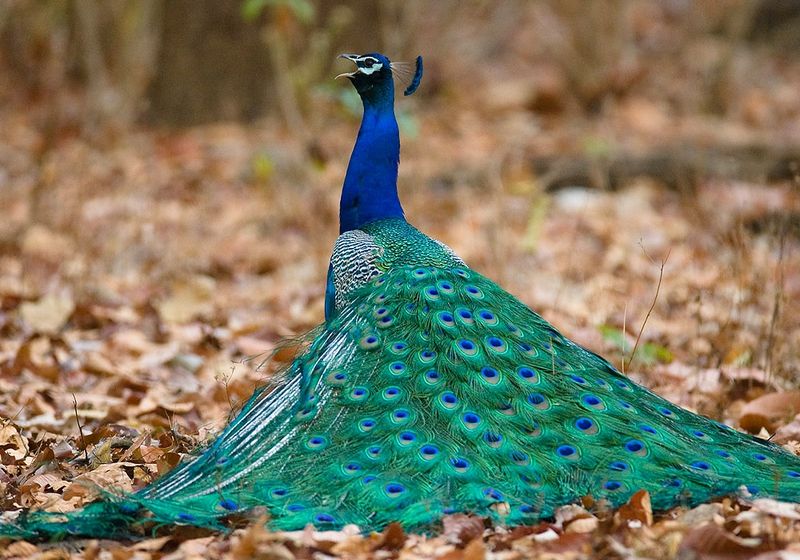
Peacocks are often seen as symbols of pride and beauty. Their stunning plumage and graceful demeanor have made them beloved figures in mythology and superstition.
In Hinduism, the peacock is associated with the goddess Saraswati, symbolizing wisdom and grace. However, in some cultures, the peacock’s call is considered an omen of impending rain.
Their dual nature as both majestic and mysterious creatures makes peacocks captivating subjects of folklore. They continue to mesmerize, their feathers fanned out in a dazzling display of color and elegance.
Dogs and Loyalty

Dogs have long been seen as symbols of loyalty and companionship. In ancient times, they were believed to guide souls to the afterlife, serving as faithful guardians.
In Greek mythology, Cerberus, the three-headed dog, guarded the gates of Hades, ensuring no one escaped. Despite their fierce reputation, dogs are revered for their unwavering loyalty.
Their dual role as protectors and companions makes dogs beloved figures in superstition, embodying both strength and gentleness. They continue to warm hearts, their faithful eyes watching over the tales of folklore.
Foxes and Trickery
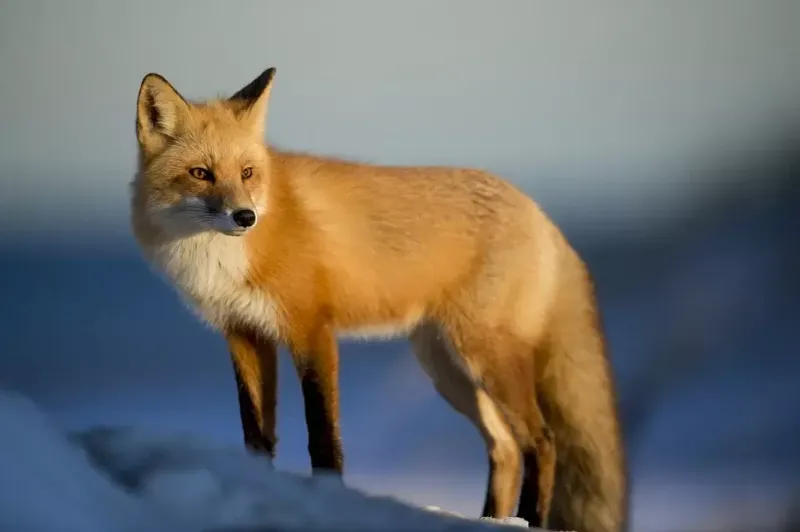
Foxes are often seen as symbols of trickery and intelligence. In many cultures, they are portrayed as cunning creatures, outsmarting hunters and other animals.
In Japanese folklore, the kitsune is a magical fox known for its shapeshifting abilities and mischievous nature. Despite their sly reputation, foxes are admired for their wit and resourcefulness.
Their dual nature as both tricksters and wise beings makes foxes intriguing figures in superstition. They continue to captivate, darting through the shadows of folklore with their clever antics.
Pigs and Prosperity

In some European cultures, pigs symbolize wealth and prosperity. The belief that pigs bring good fortune dates back centuries. During New Year celebrations, people carry tokens shaped like pigs or gift pig-themed items to wish others prosperity.
The pig’s association with abundance may be linked to its physical characteristics, symbolizing fertility and growth. Throughout history, farmers believed that keeping a healthy pig ensured a prosperous year ahead.
Did you know? In Germany, gifting a pig-shaped marzipan treat during Christmas represents wishing someone luck. This charming superstition persists, blending tradition with modern celebrations.

